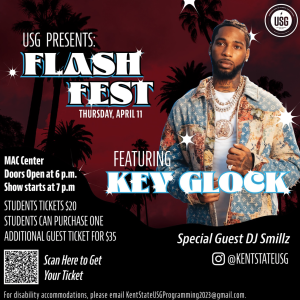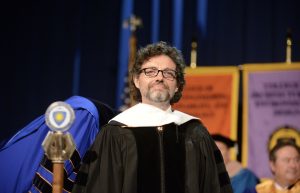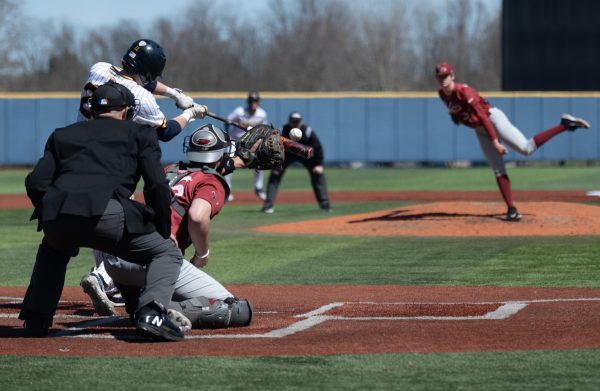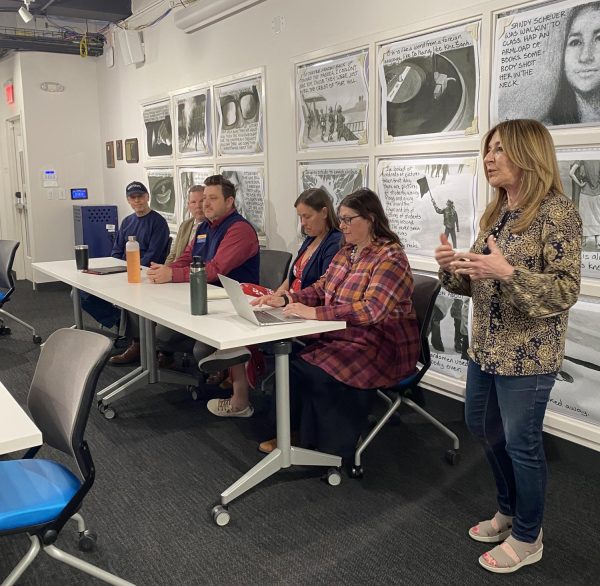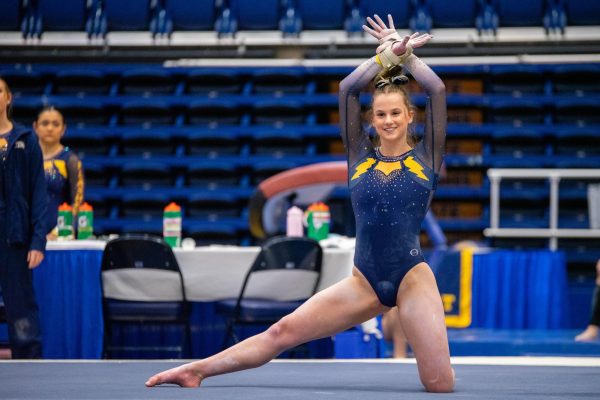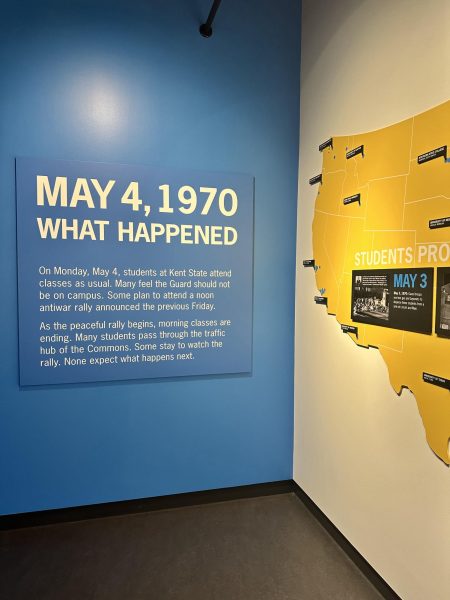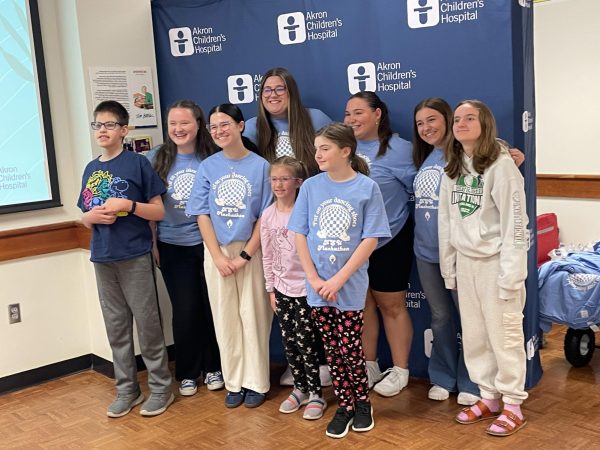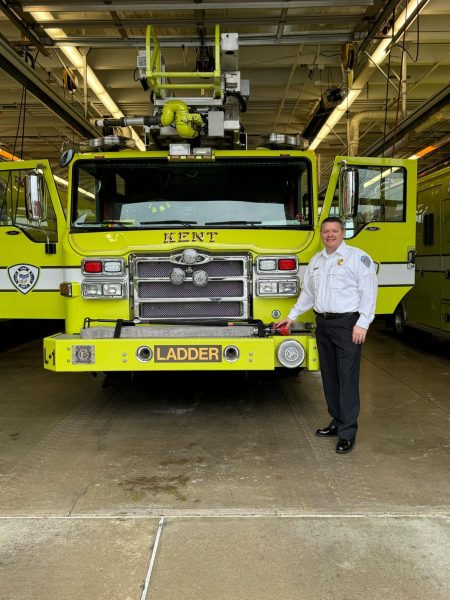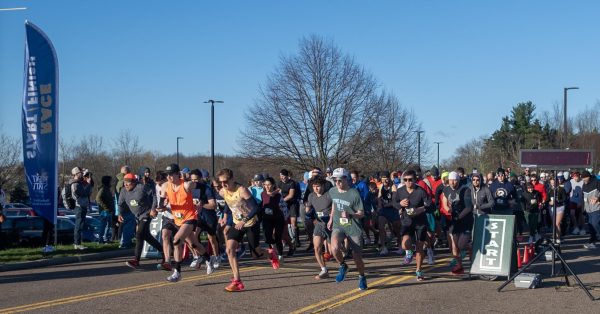Vampire expert traces history of blood suckers
April 27, 2009
“Vampires: immortal, alluring, dangerous.” With these few words, Michelle Belanger summed up the characteristics that have drawn people to vampires for centuries.
Belanger, a modern-day vampire and vampire expert, shared her knowledge with a crowd of 150 people in the Kiva Friday night. Her lecture, “Vampires: The Real Underworld,” detailed the history of vampirism, as well as its evolution in popular culture.
Belanger began by talking about the earliest vampires, who appeared in Eastern European folklore.
“Vampires of eastern European myth have a lot more to do with our fear about the dead,” Belanger said.
The more modern-day perception of vampires began to emerge when vampires made their way from folklore into fiction in the late 1700s.
Belanger then explained the transition of vampires from aristocratic womanizers, to monsters, to rock stars and sex symbols and eventually to more human figures.
Belanger also addressed the use of vampires in shows like “The Munsters,” “The Addams Family” and even “Sesame Street.”
“You know something has really wormed its way into our culture when it becomes the focus of comedy and when it becomes something as lovable as Grandpa Munster,” she said.
Belanger uses the term “the golden age of vampires” to describe the 1980s and 1990s, when the vampire became a sex symbol. This is also the era when vampires became associated with alternative subcultures.
Belanger compared the vampire lifestyle to country music, which drew laughter from the crowd. Belanger said the cowboy is very similar to the vampire, in that both are seen as “outsiders” and “rebels.”
Belanger said she knows several sanguinarians, blood-drinking vampires, who are also nurses.
“They don’t sneak snacks at work,” she joked.
Contact on-campus entertainment reporter Katie Young at [email protected].








